In the market for upright cordless vacuum cleaners, battery-powered models are becoming more and more popular and numerous, which leads to rising prices and a variety of choices. We have identified 10 main criteria that will help you navigate when choosing such a device, avoid overpaying for unnecessary functions and ensure ease of use and quality of cleaning. We've focused on popular models with a removable suction tube, a la Dyson, that instantly transform into portable, tubeless vacuum cleaners. Models like the Electrolux Ergorapido, with a mini vacuum cleaner, are losing their popularity due to competition, and 100-in-one hybrid devices require special attention when considering.

Perpendicular scheme

Longitudinal diagram
Suction power
Some manufacturers of stick vacuum cleaners do not indicate suction power in watts (or aerowatts), since there is no generally accepted method for measuring it. In our laboratory, we developed our own method, described in a separate article, and found that the suction power data declared by the manufacturer often does not correspond to the results of our measurements. Based on our many years of testing experience, a real suction power of 90-110 aW at maximum engine speed can be considered good enough for a stick vacuum cleaner; higher power is extremely rare. Manufacturers often specify 150, 190 and 200 aW (or this parameter in kilopascals), but our tests show that such models often show completely different results.
To illustrate, here is a practical case: the manufacturer claims that the suction power of the vacuum cleaner is up to 26 kPa. Our measurement showed that the actual maximum suction power is 51W. Considering that 1 W = 71 Pa, multiplying 71 by 51 we get 3621 Pa, which is equivalent to 3.6 kPa. At the same time, the vacuum cleaner effectively copes with cleaning both floors and carpets at maximum power.
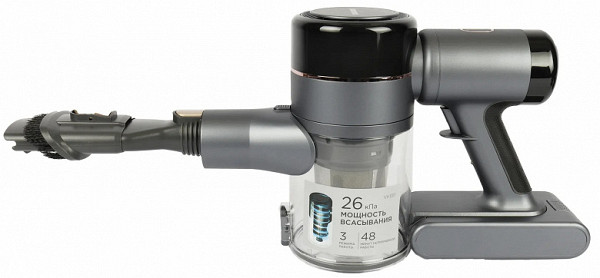
Data on battery capacity is much more informative: for example, 2000 mAh does not provide sufficient suction power and does not provide long-term operation. On the contrary, 2200 is already better, 2500-2800 is even better, and above 3000 is excellent.
Often there is no information on suction power for stick vacuum cleaners at all, or the power consumption is indicated without additional specification. If you see suction power of 300 or 350 Watts in the characteristics of the battery stick, this is most likely the power consumption. Honest suction power figures are often 50-100 aW, which in the context of corded vacuum cleaners may seem insignificant, despite advertising claims of high efficiency. However, most cordless vacuum cleaners have enough power to clean ordinary apartments.
Ease of control and display
There are two important aspects. The first concerns the method of turning on the vacuum cleaner — is the power button (trigger) fixed or does it need to be held during operation. Holding the button saves battery power, but can put strain on your hand. If the vacuum cleaner is turned on by the touch button, then you do not need to hold it.
The second point is related to electronics: the presence and quality of the display. It is important how bright and convenient the display is, and whether it is visible during the cleaning process. For example, is it convenient to display the battery charge level in percentage? It is more visual and accurate than color indication, where each color corresponds to a certain charge level (for example, as in the Redmond VH1311). In this case, it is important to remember which color means what.
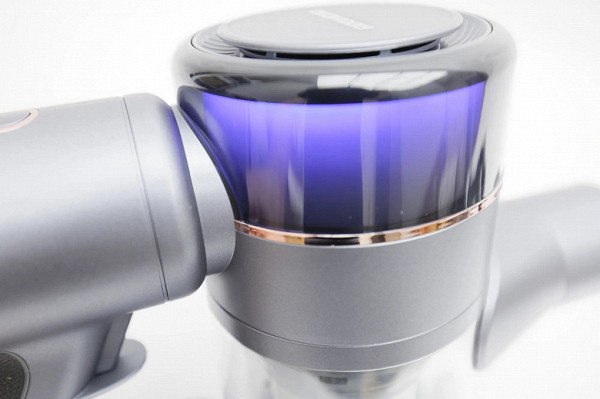
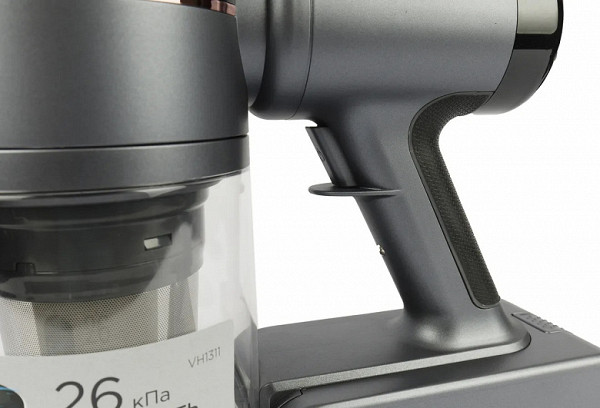

Switching modes is usually not difficult. Two or three power levels are enough for most tasks. A larger number of modes will most likely be unnecessary and is most likely a marketing ploy.
There are models with automatic speed selection depending on the type of carpet: if the vacuum cleaner recognizes the carpet, it increases power. This feature is becoming more common — it is convenient and modern, but it is important that the ability to recognize the coating can be turned off. After all, you may not need additional power, which will quickly drain the battery.
Some models are equipped with a display on the body that displays the selected operating mode, such as cleaning on a smooth floor or carpet, as well as the power level. This is convenient if the display is positioned so that it can be seen while working.
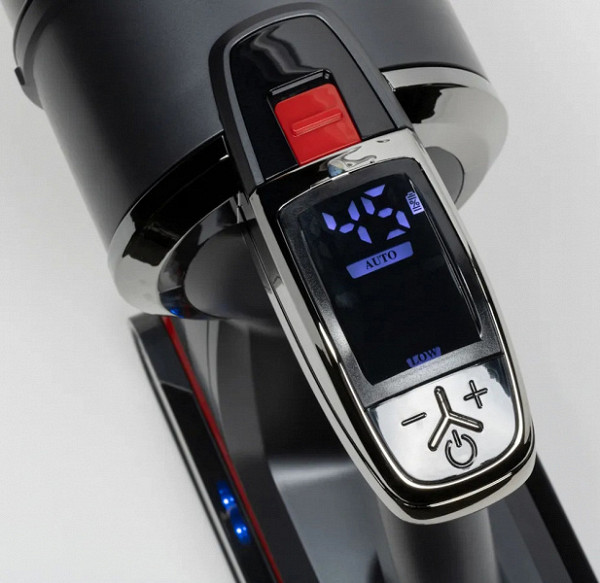
Dust container cleaning system: manual and automatic
Almost all manufacturers claim that emptying the garbage container takes a matter of seconds: just press a button and you're done. However, the reality is often different, especially when it comes to collecting spills or emptying a full dust bag. In such cases, removing the contents may not be so easy, especially if the debris is heavily compacted and direct contact will be required to remove it from the walls. In addition, filters often require manual cleaning.
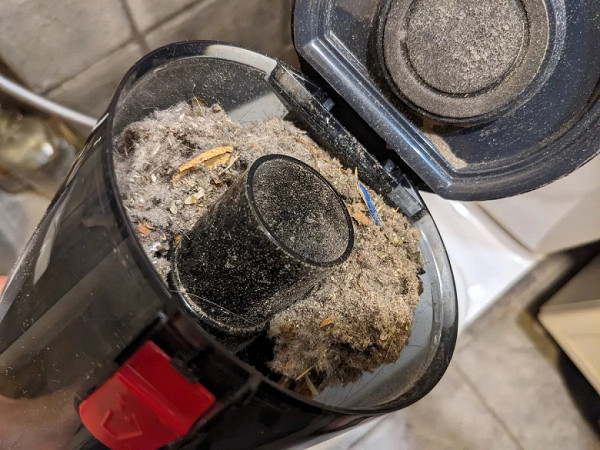
Modern models of vacuum cleaners are often equipped with special dust collector cleaning stations. These stations are connected to the mains and contain inside a stationary vacuum cleaner with good power and a replaceable dust bag, which usually lasts for 1.5-2 months. When you install a vertical vacuum cleaner on such a base and start the self-cleaning program, all garbage from the container is automatically transferred to the bag, and at the same time the filters are cleaned. Our tests have shown the high efficiency of such self-cleaning stations and improved usability of the vacuum cleaner: there is no need to manually remove debris and contact with it is practically eliminated. However, this convenience comes at a price: replacement bags need to be purchased, but filters can be changed less frequently since they are constantly kept clean.

A set of cleaning devices specifically for your purposes and tasks
Such devices include a variety of attachments for vacuum cleaners designed for various tasks: brushes with rotating rotors for cleaning different types of floors, brushes and turbo brushes for furniture, combined attachments for cleaning books, appliances and furniture, extended crevice nozzles, nozzles for the tops of cabinets, flexible corrugated hose attachments for hard-to-reach places, as well as attachments for combing animals and other useful accessories.
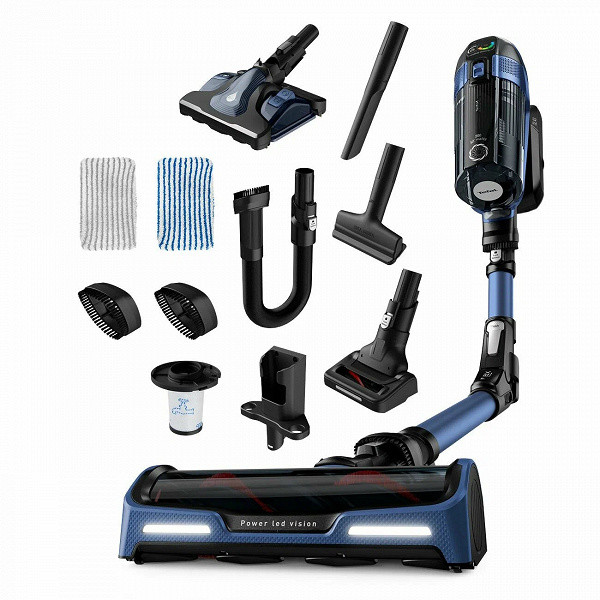
The main floor nozzle in modern sticks is most often equipped with a motorized turbo brush rotor. In this attachment, the rotor rotates not due to the air flow, but thanks to a built-in small motor. There are also models with a motorized turbo nozzle for furniture — such nozzles effectively remove animal hair from furniture and sofas.
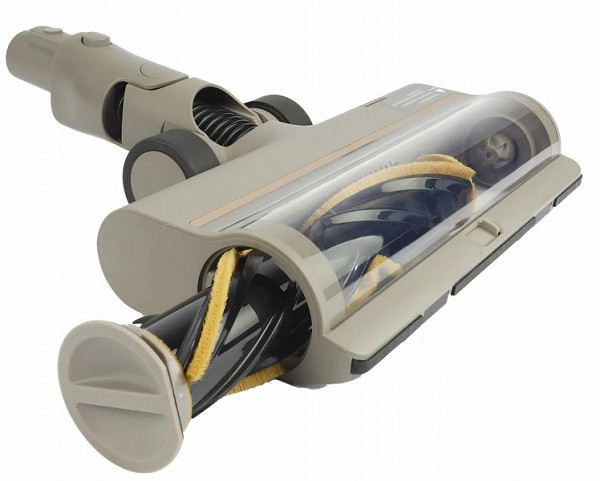
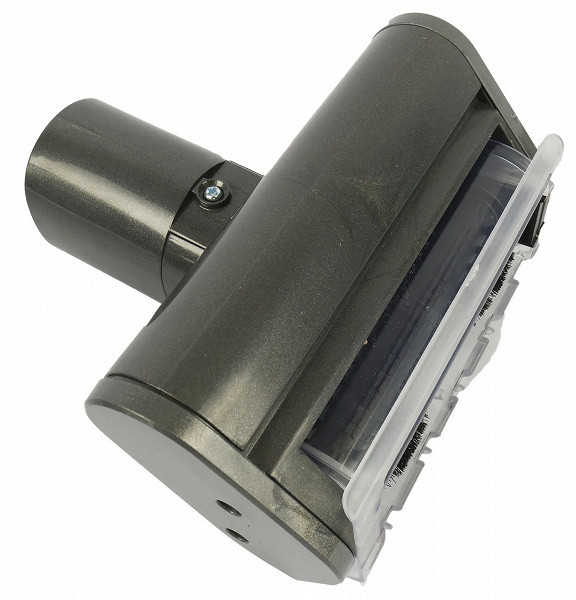
For carpets, roller rotors with stiff bristles are often used, and for smooth floors, rotors with a velor microfiber coating are used, which do an excellent job of removing fine dust on parquet, laminate and linoleum. Some models are equipped with two floor nozzles: one with a regular rotor, the other with a soft velor rotor, such as the Dreame Z10 Station VPV17A. There are also models with attachments where the rotors can be changed. However, if only one type of rotor is available (hard or soft), the choice should be based on the type of floor covering. For example, if your home is mostly carpeted, then a vacuum with a soft roller may not be necessary. Most manufacturers offer models with a fixed set of attachments, but there is also an approach where only the required minimum number of attachments is included in the package, and the rest can be purchased additionally, as is implemented in the Teqqo Powerstick PWS1A.
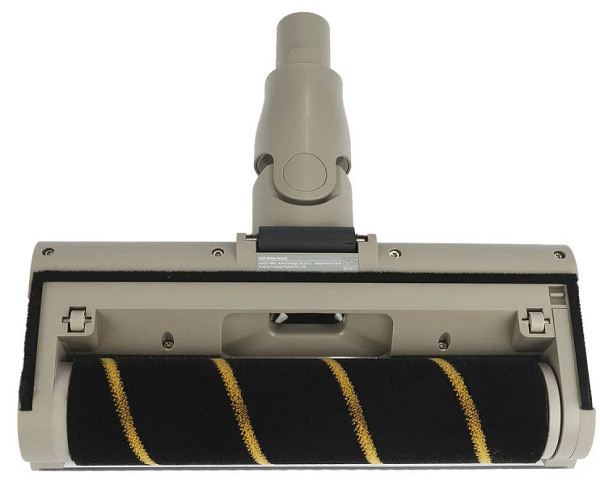

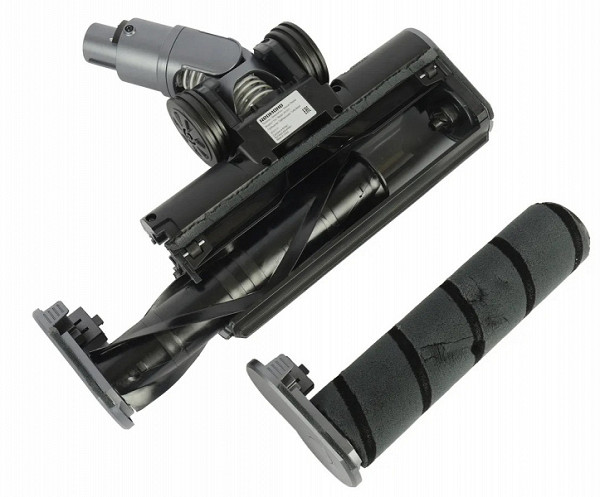
Among the cleaning devices, one can highlight “refracting” suction pipes, inside of which there is a flexible corrugated tube. This allows you to vacuum under furniture with very low legs and reach various hard-to-reach places. Examples of such models include Dreame Z10 Station VPV17A, Redmond VH1311, Evolution Smart Clean VCF2414M and Tefal X-Force Flex. Manufacturers usually call this a “flex body”, although in reality it is the suction pipe that bends.


Wet cleaning function
Accessories for wet cleaning are also important and can make cleaning a room much easier. In upright vacuum cleaners they are usually represented by simple attachments for wiping the floor with a damp cloth. While it's not exactly a full-on cleaning, this combination of dust suction and surface wiping helps maintain cleanliness and improves the quality of daily cleaning.
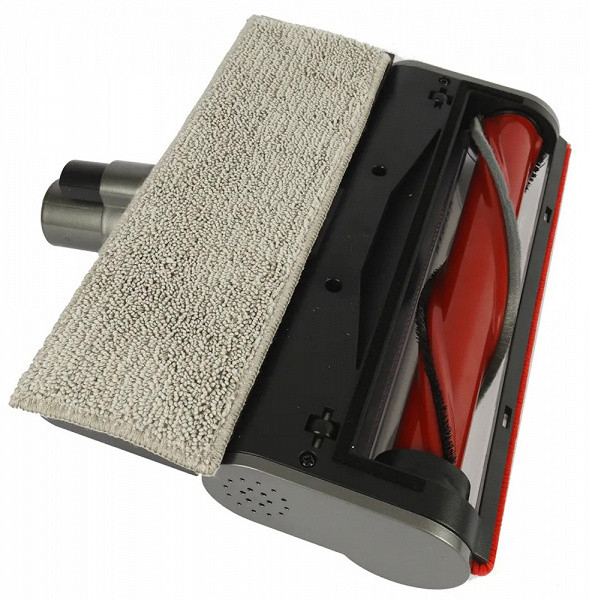

There are models of vacuum cleaners where the wet cleaning function is a complete cleaning of floors. Such devices have special accessories for cleaning floors, including tanks for clean and used water, sets of mops or rotors with mops. More and more often there are models with self-cleaning stations designed for flushing the system and washing mops and napkins. Wet cleaning modes in such vacuum cleaners can work either separately or in parallel with dry cleaning. In the first case, water is automatically supplied to the washing rotor or mop; in the second case, water is sprayed manually in front of the vacuum cleaner. This can be tedious, but this approach allows you to alternate between washing and dry mopping as you transition to other types of flooring. However, such models have a drawback — the location of the washing system (water tanks) on the suction pipe, which makes the device less maneuverable and makes it heavier.
Outgoing air filtration system, availability of replacement filters
All upright vacuum cleaners, like Dyson models, are equipped with a cyclonic air filtration system. This means that the air vortex separates large debris particles from the finest dust. Large particles settle in the dust collector, and microparticles are sent to the outlet, where they are captured by a HEPA fine filter. The HEPA filter class determines what particles it filters — from H10 (E10) to H14. Filters of classes H13 and H14 are the most effective, this is especially important for homes where allergy sufferers live.
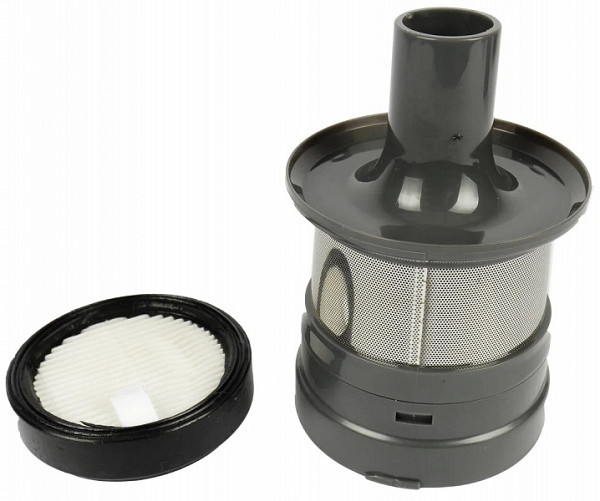
It is important to note that even if the manufacturer claims that the HEPA filter can be washed, we do not recommend it. Washing greatly reduces the effectiveness of the filter and can quickly lead to its failure. It is recommended to regularly tap the dust out of it and replace the filter if necessary.
Charging time, battery life
The maximum charging time for most modern sticks is 3-3.5 hours. If the technical documentation indicates a longer charging time, you should think about the ease of use of such a model. Autonomous operation depends on the battery capacity, its condition and the selected cleaning mode: at minimum speed the operating time will be maximum, on the contrary, at maximum speed it will be significantly reduced. Manufacturers indicate a maximum operating time at minimum power, which may not be suitable for carpeted areas and heavy soiling. Our tests of cordless vacuum cleaners always include running time measurements at different power levels. Often devices show better results at minimum power than the manufacturer claims, but at high modes this rarely happens. On average, the sticks work for 7-15 minutes at maximum and turbo modes, and this time is indicated in the passport or instructions for the device.

Useful little things that aren't little things at all
Another important detail is the LED lighting of the cleaning area. In some models it is absent, and sometimes, for some strange reason, it is present only in the nozzle for upholstered furniture, but is absent in the main brush. The presence of a backlight at the main nozzle greatly simplifies the cleaning process.
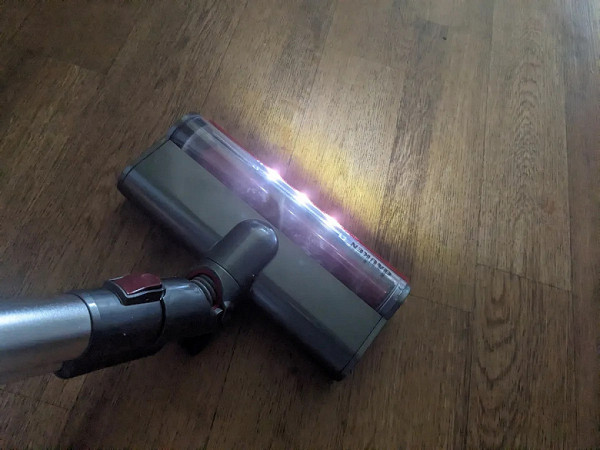
The battery can be removable, as in the Okami V90, Evolution Smart Clean VCF2414M, Dauken BS220 Storm Water Pro, or non-removable. A removable battery is more convenient because it can be charged separately from the vacuum cleaner. Some models have a replaceable battery: when one is low, you can install a second one and continue cleaning, which will double the operating time.
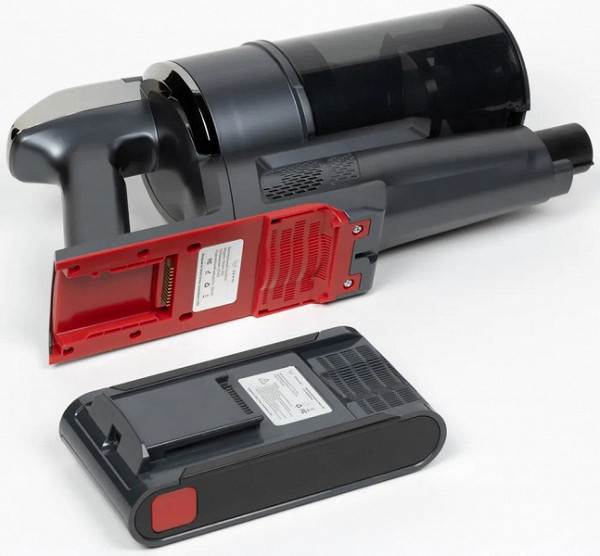
General ergonomics
Before purchasing online, we advise you to touch the selected vacuum cleaner model in your hands in a showroom or offline store. This will allow you to evaluate the weight of the device, its maneuverability, ease of operation, as well as the process of removing and putting on the pipe and replacing nozzles (how smoothly this happens, without the risk of damaging your nails). It is important to pay attention to the build quality and materials from which the vacuum cleaner is made. It's also worth checking the noise level, as stick vacuums are not the quietest vacuum cleaners: most cordless upright models produce noise levels of 78-82 dB. Any values below this range are considered good.
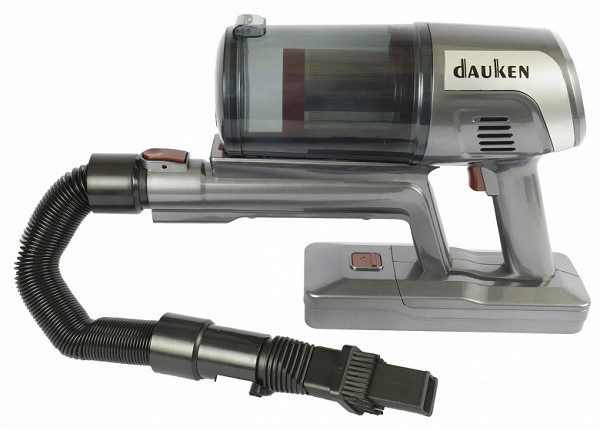
It is important to consider the convenience of the docking station and its attachment to the wall before purchasing: some stations are simply screwed, but now more and more often there are options for mounting with tape, which is especially convenient for rented housing where you do not want to drill holes (although fastening with self-tapping screws is considered more reliable). It's also important to consider storage options for accessories, especially if you have a lot of them: typically three attachments fit on a stand, but other accessories may not have dedicated storage space.
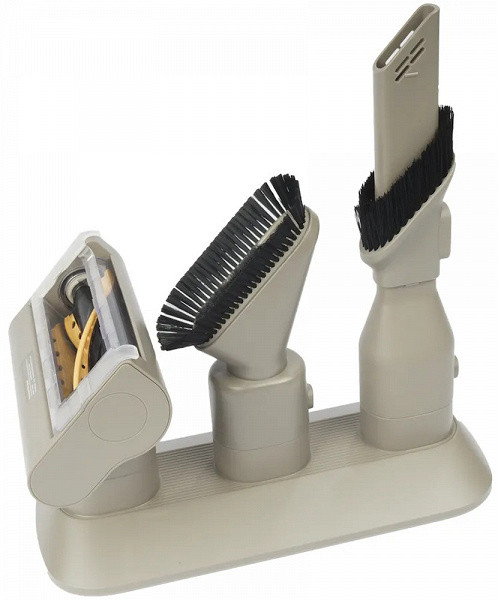
Sometimes the controls are located inconveniently for one hand, making operation difficult. It is also possible that the cyclone container is too small, making removal of waste less hygienic. In addition, containers are often made of plastic that is too dark, making it impossible to easily determine its filling level, and there may also be no filling indicator.
***
Of course, the characteristics of modern vertical cordless vacuum cleaners are not limited to the ten points listed, but we tried to highlight those that most often raise questions and seem important in the process of testing sticks.
